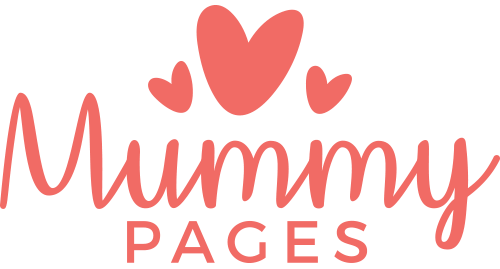Grains are the edible seeds of plants. The definition of wholegrain is used to describe foods which contain all the parts of the natural grain.Wholegrains like wheat, oats, rye and barley, are made up of three layers:
1 The Endosperm (a central starchy part, this makes up about 80% of the grain)
2 The Bran (a fibre rich outside layer)
3 The Germ (a nutrient packed core area, containing unsaturated fats,B vitamins and vitamin E)
The extent to which the whole grain is used varies with different foods and will affect the fibre content of the final food. Fibre is not digested in the way most food components are but it is essential in keeping the body healthy. The greatest quantities of fibre are found in foods such as wheat and other cereals, vegetables, beans, lentils, fruit and nuts. Grains are a good source of carbohydrate, fibre, protein and contain a range of vital vitamins and minerals.
While wholegrains include the fibre part of the grain, wholegrain foods may not be necessarily high in fibre. Check the labels- foods with 3g fibre/100g are a “source of fibre” and foods with 6g/100g are a “high fibre food”. Kellogg’s have a range of wholegrain and high fibre cereals.
Read more: Fibre: The essential filler



